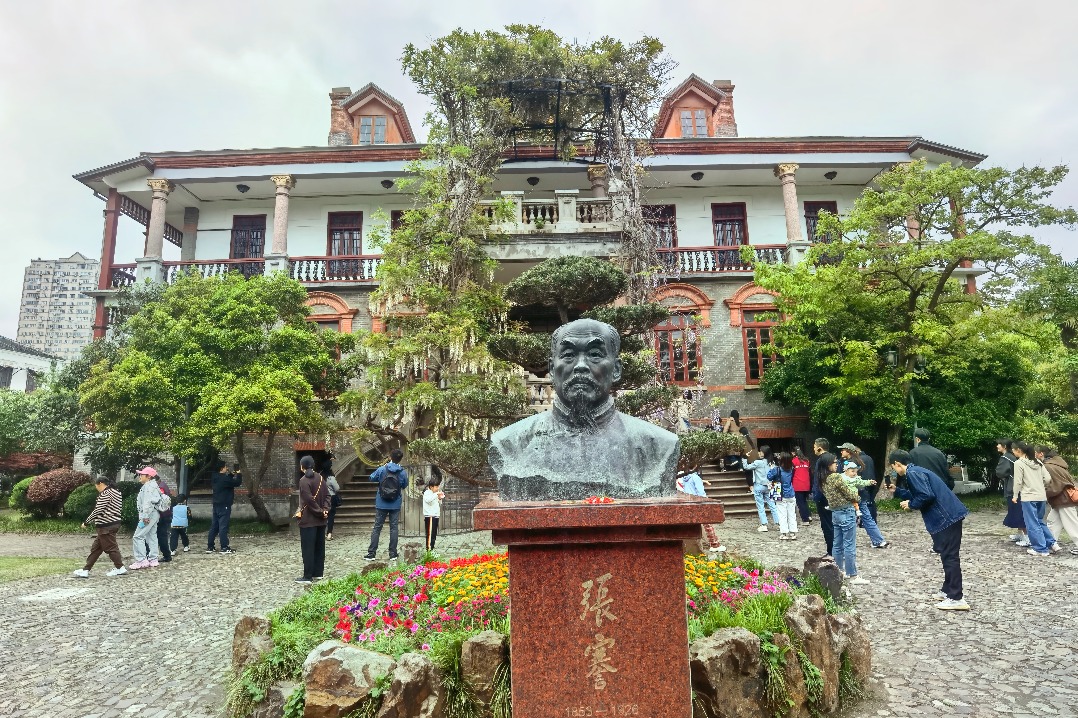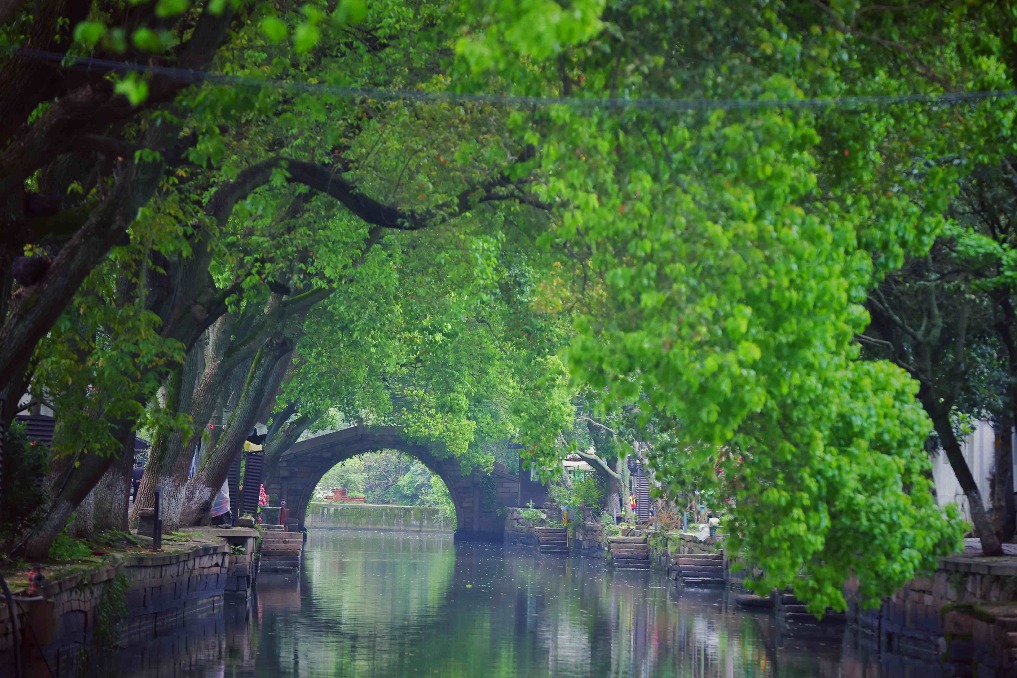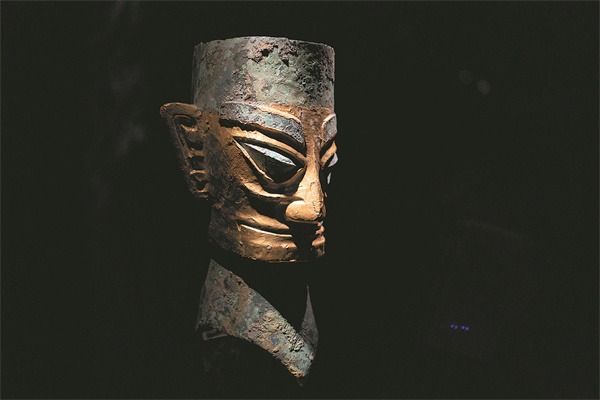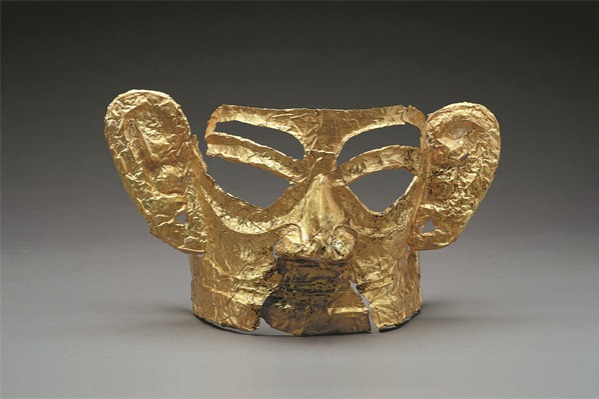

 The "Cultural Journey" program dedicates to showcase the preservation and flourishing of China's vibrant traditional culture. It features key sections like "Archaeological China", "Exploring China", "Traveling across China", "Preserving Intangible Cultural Heritage in China" and "Openness in China".
The "Cultural Journey" program dedicates to showcase the preservation and flourishing of China's vibrant traditional culture. It features key sections like "Archaeological China", "Exploring China", "Traveling across China", "Preserving Intangible Cultural Heritage in China" and "Openness in China".

In 1905, amidst the tranquil banks of the Haohe River in Nantong, Jiangsu province, a remarkable tale unfolded - a visionary named Zhang Jian founded China's very first public museum, the Nantong Museum.
How can we learn about the 2,000-year history of Chinese paintings in just one day? Let's follow Yuanxi to embark on a magical journey to explore the beauty of Chinese ink and get a glimpse into people's spiritual world through the landscapes, birds and flowers, and many vivid paintings.


In the public imagination of the Chinese, the words Sanxingdui (Three Star Mounds) are the equivalent of a myth: What they see in exhibitions focusing on this major Bronze Age civilization, including a current one at the newly opened Shanghai Museum East, doesn't seem to align very well with their previous experiences.

'As soon as you see the elephant tusks, you know that you are onto something," Ran Honglin, director of the Sanxingdui Archaeological Research Institute, told the camera at one point during an excavation carried out at the site in Guanghan city, Southwest China's Sichuan province, in 2020.
